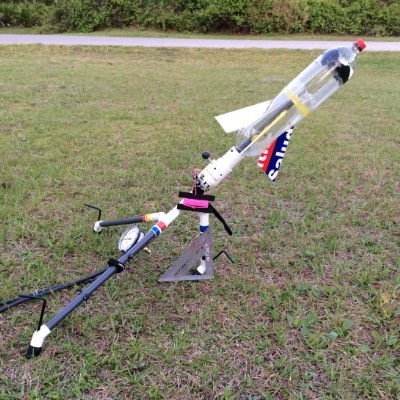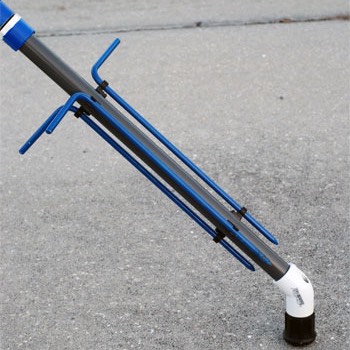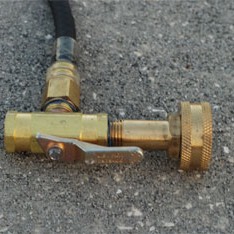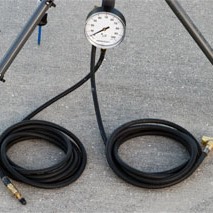More About Projection Motion
Assuming student teams are careful in their control of launch angles…...they will observe that their farthest fights will come from launches with an angle of 45 degrees.
They will also observe that launches of 30 degrees, for example, will produce the same range as launches of 60 degrees. Twenty degrees will produce the same result as 70 degrees, etc. (Note: Range distances will not be exact because of slight differences in launching even when teams are very careful to be consistent. However, repeated launches can be averaged so that the ranges more closely agree with the illustration.
https://www.nasa.gov/pdf/295787main_Rockets_Foam_Rocket.pdf (graphic below is from same link)
Enjoy experimenting with an animated Projectile Motion simulation, on the PhET Interactive Simulations website by University of Colorado. https://phet.colorado.edu/sims/projectile-motion/projectile-motion_en.html

Wikipedia has a detailed web page on Projectile Motion - (charge your calculator batteries, lots for formulas).
Projectile motion is a form of motion in which an object or particle (called a projectile) is thrown near the earth's surface, and it moves along a curved path under the action of gravity only. The only force of significance that acts on the object is gravity, which acts downward to cause a downward acceleration. Because of the object's inertia, no external horizontal force is needed to maintain the horizontal motion.
https://en.wikipedia.org/wiki/Projectile_motion#Kinematic_quantities_of_projectile_motion
Next Page - Pressure Gauge









